S N Omkar
A Supervised Learning Methodology for Real-Time Disguised Face Recognition in the Wild
Sep 08, 2018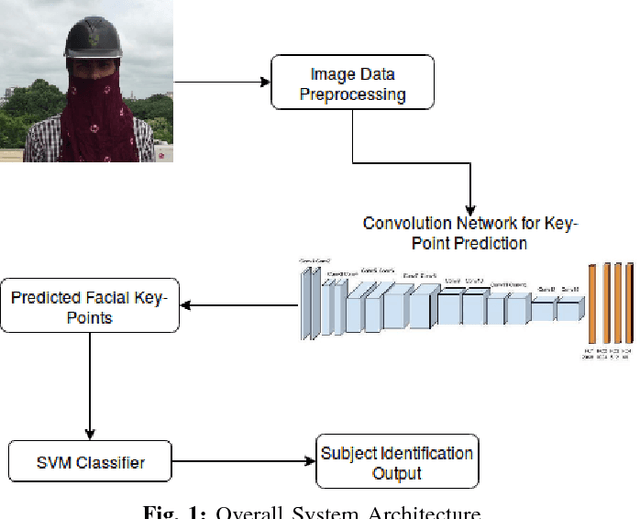
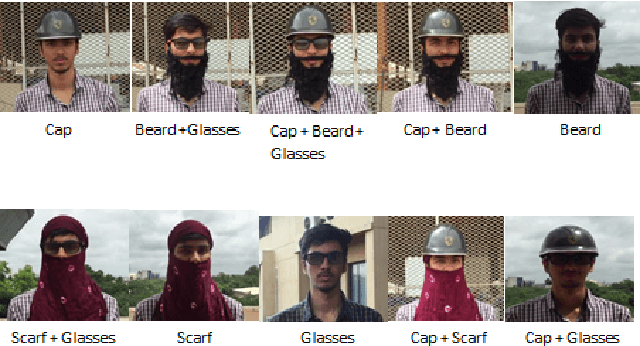

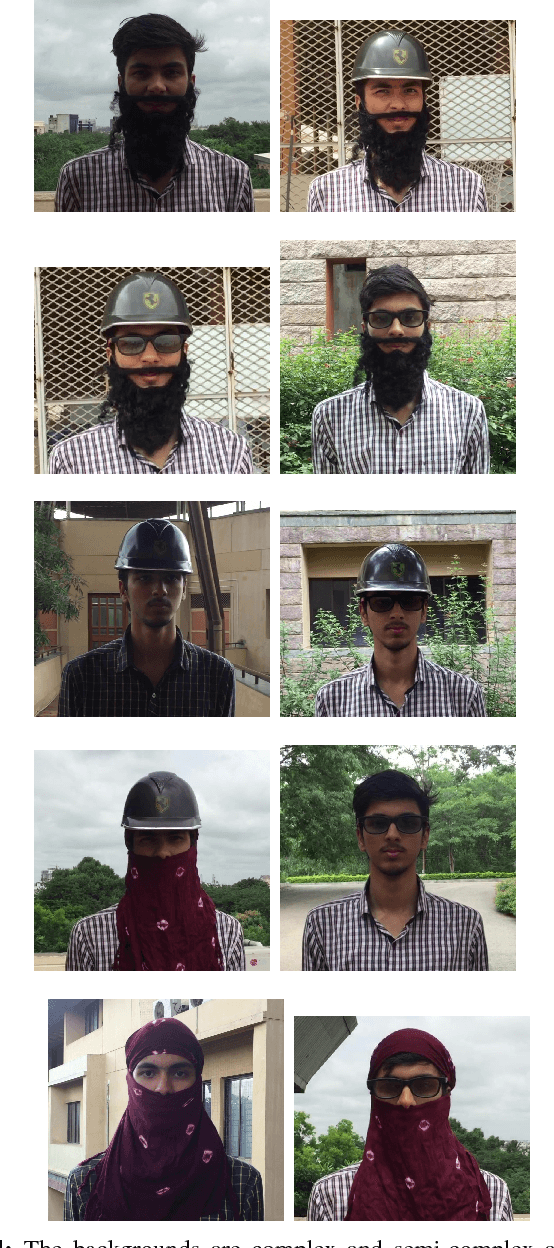
Abstract:Facial recognition has always been a challeng- ing task for computer vision scientists and experts. Despite complexities arising due to variations in camera parameters, illumination and face orientations, significant progress has been made in the field with deep learning algorithms now competing with human-level accuracy. But in contrast to the recent advances in face recognition techniques, Disguised Facial Identification continues to be a tougher challenge in the field of computer vision. The modern day scenario, where security is of prime concern, regular face identification techniques do not perform as required when the faces are disguised, which calls for a different approach to handle situations where intruders have their faces masked. Along the same lines, we propose a deep learning architecture for disguised facial recognition (DFR). The algorithm put forward in this paper detects 20 facial key-points in the first stage, using a 14-layered convolutional neural network (CNN). These facial key-points are later utilized by a support vector machine (SVM) for classifying the disguised faces based on the euclidean distance ratios and angles between different facial key-points. This overall architecture imparts a basic intelligence to our system. Our key-point feature prediction accuracy is 65% while the classification rate is 72.4%. Moreover, the architecture works at 19 FPS, thereby performing in almost real-time. The efficiency of our approach is also compared with the state-of-the-art Disguised Facial Identification methods.
Learning to Navigate Autonomously in Outdoor Environments : MAVNet
Sep 02, 2018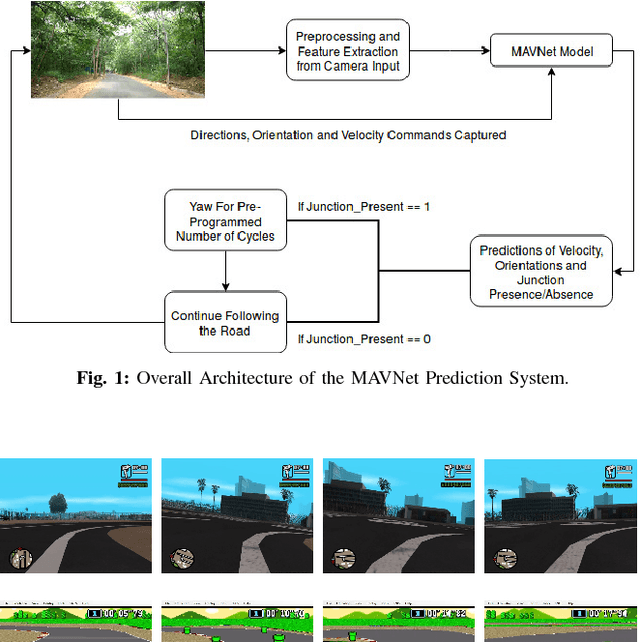
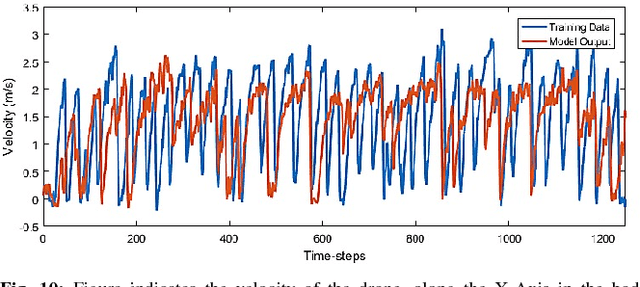
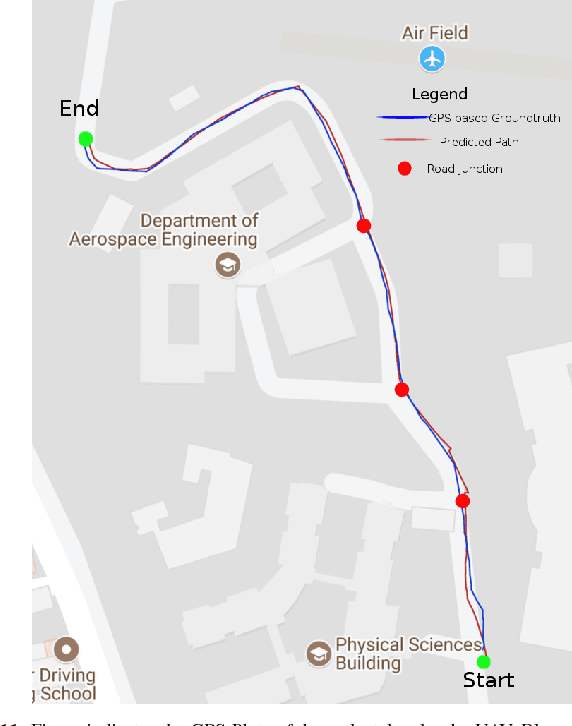
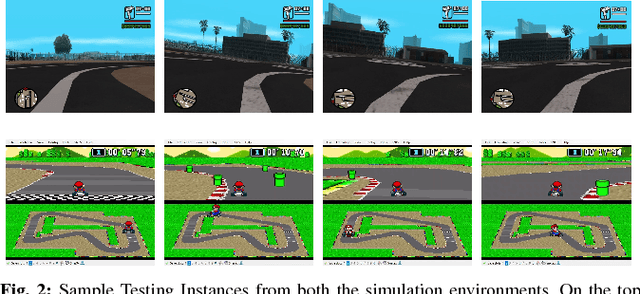
Abstract:In the modern era of automation and robotics, autonomous vehicles are currently the focus of academic and industrial research. With the ever increasing number of unmanned aerial vehicles getting involved in activities in the civilian and commercial domain, there is an increased need for autonomy in these systems too. Due to guidelines set by the governments regarding the operation ceiling of civil drones, road-tracking based navigation is garnering interest . In an attempt to achieve the above mentioned tasks, we propose an imitation learning based, data-driven solution to UAV autonomy for navigating through city streets by learning to fly by imitating an expert pilot. Derived from the classic image classification algorithms, our classifier has been constructed in the form of a fast 39-layered Inception model, that evaluates the presence of roads using the tomographic reconstructions of the input frames. Based on the Inception-v3 architecture, our system performs better in terms of processing complexity and accuracy than many existing models for imitation learning. The data used for training the system has been captured from the drone, by flying it in and around urban and semi-urban streets, by experts having at least 6-8 years of flying experience. Permissions were taken from required authorities who made sure that minimal risk (to pedestrians) is involved in the data collection process. With the extensive amount of drone data that we collected, we have been able to navigate successfully through roads without crashing or overshooting, with an accuracy of 98.44%. The computational efficiency of MAVNet enables the drone to fly at high speeds of upto 6m/sec. We present the same results in this research and compare them with other state-of-the-art methods of vision and learning based navigation.
A Real-time Control Approach for Unmanned Aerial Vehicles using Brain-computer Interface
Sep 02, 2018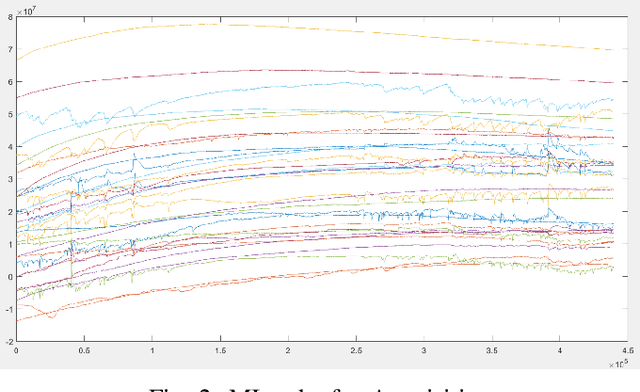
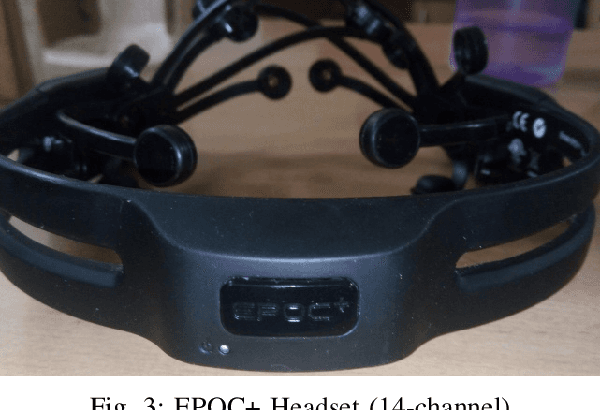
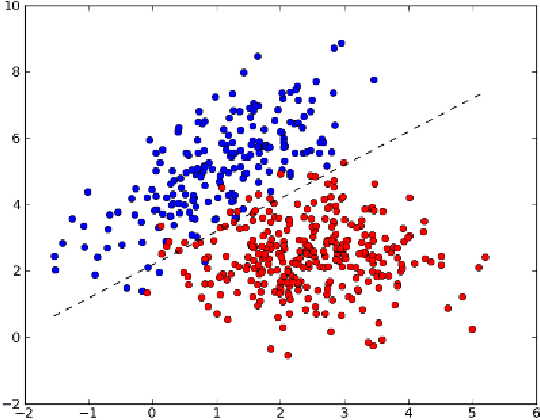
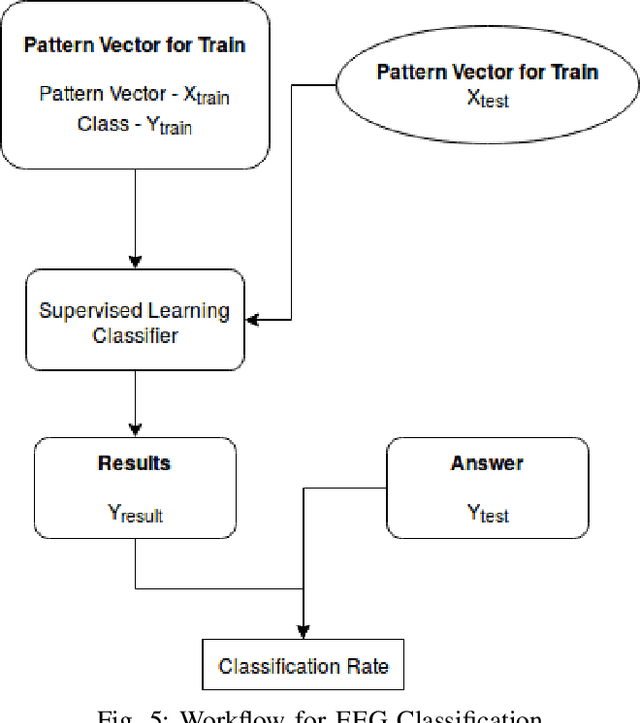
Abstract:Brain-computer interfacing (BCI) is a technology that is almost four decades old and it was developed solely for the purpose of developing and enhancing the impact of neuroprosthetics. However, in the recent times, with the commercialization of non-invasive electroencephalogram (EEG) headsets, the technology has seen a wide variety of applications like home automation, wheelchair control, vehicle steering etc. One of the latest developed applications is the mind-controlled quadrotor unmanned aerial vehicle. These applications, how- ever, do not require a very high-speed response and give satisfactory results when standard classification methods like Support Vector Machine (SVM) and Multi-Layer Perceptron (MLPC). Issues are faced when there is a requirement for high-speed control in the case of fixed-wing unmanned aerial vehicles where such methods are rendered unreliable due to the low speed of classification. Such an application requires the system to classify data at high speeds in order to retain the con- trollability of the vehicle. This paper proposes a novel method of classification which uses a combination of Common Spatial Paradigm and Linear Discriminant Analysis that provides an improved classification accuracy in real time. A non-linear SVM based classification technique has also been discussed. Further, this paper discusses the implementation of the proposed method on a fixed-wing and VTOL unmanned aerial vehicles.
State-Space Identification of Unmanned Helicopter Dynamics using Invasive Weed Optimization Algorithm on Flight Data
Sep 02, 2018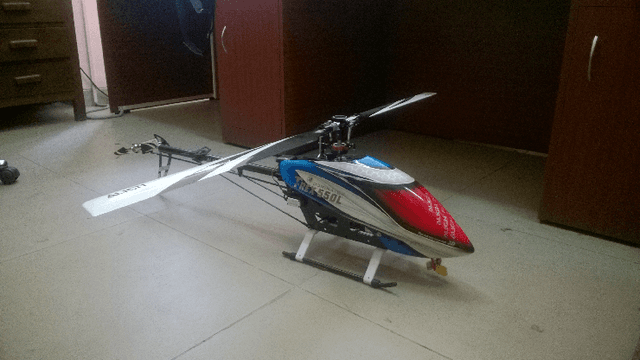
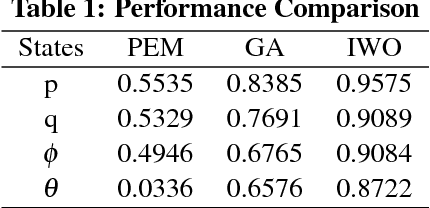
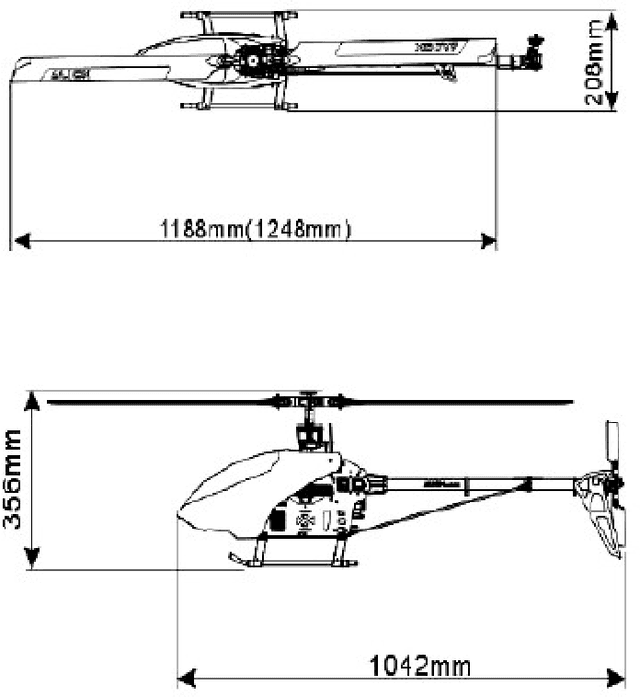
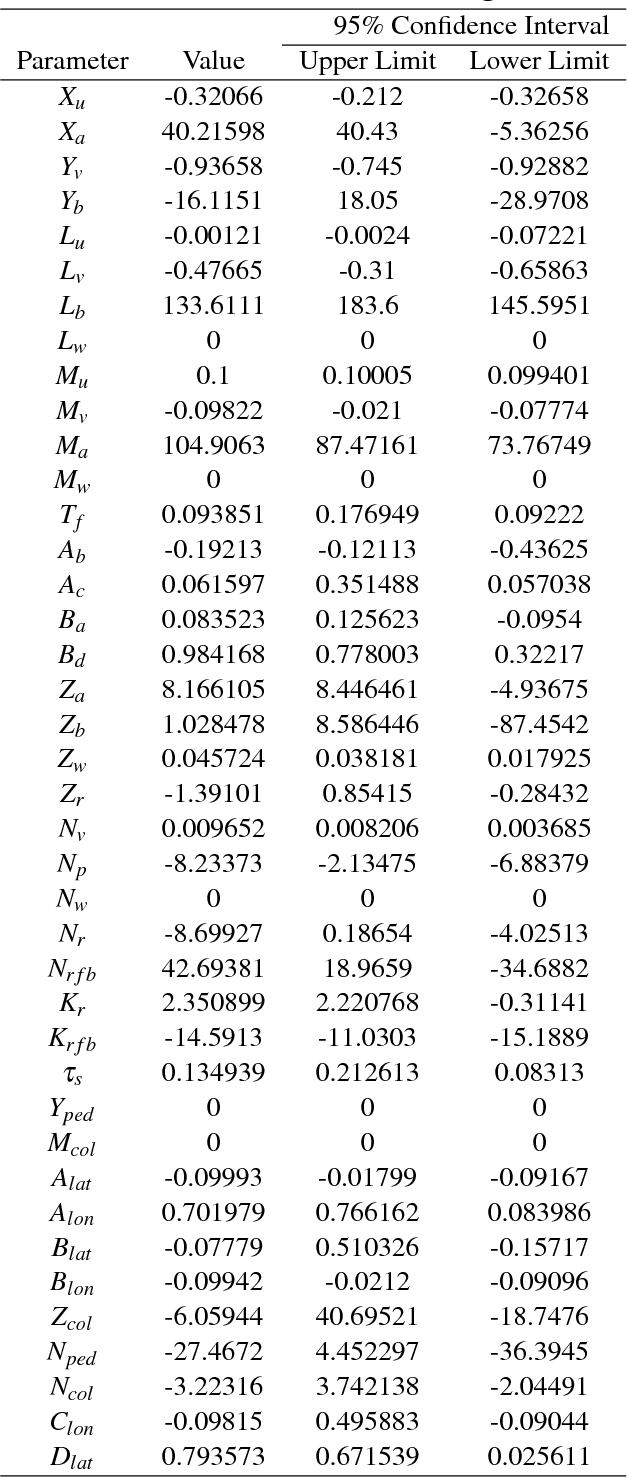
Abstract:In order to achieve a good level of autonomy in unmanned helicopters, an accurate replication of vehicle dynamics is required, which is achievable through precise mathematical modeling. This paper aims to identify a parametric state-space system for an unmanned helicopter to a good level of accuracy using Invasive Weed Optimization (IWO) algorithm. The flight data of Align TREX 550 flybarless helicopter is used in the identification process. The rigid-body dynamics of the helicopter is modeled in a state-space form that has 40 parameters, which serve as control variables for the IWO algorithm. The results after 1000 iterations were compared with the traditionally used Prediction Error Minimization (PEM) method and also with Genetic Algorithm (GA), which serve as references. Results show a better level of correlation between the actual and estimated responses of the system identified using IWO to that of PEM and GA.
JuncNet: A Deep Neural Network for Road Junction Disambiguation for Autonomous Vehicles
Aug 31, 2018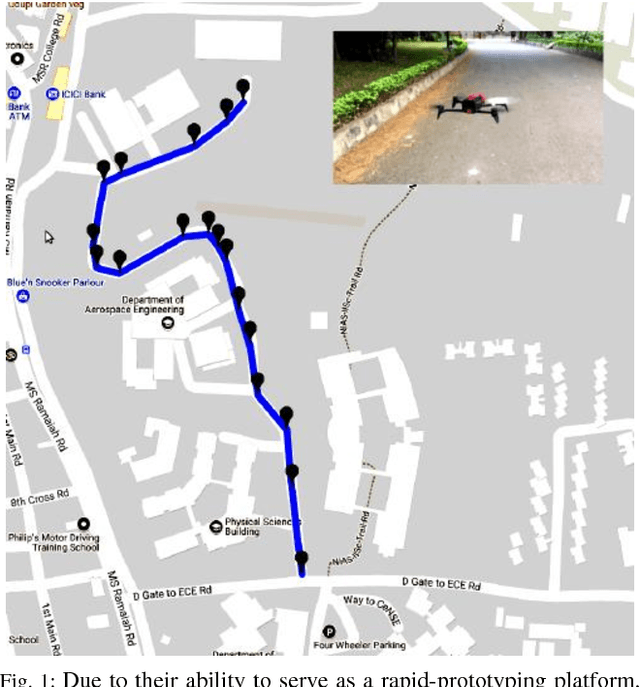
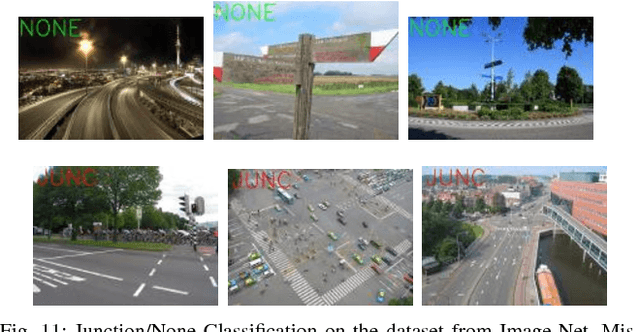
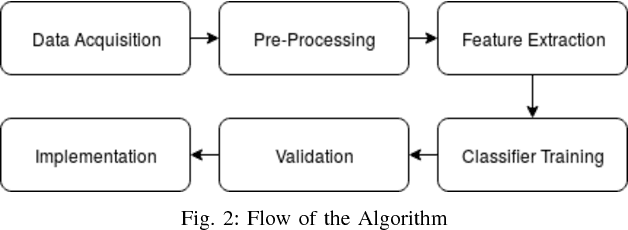
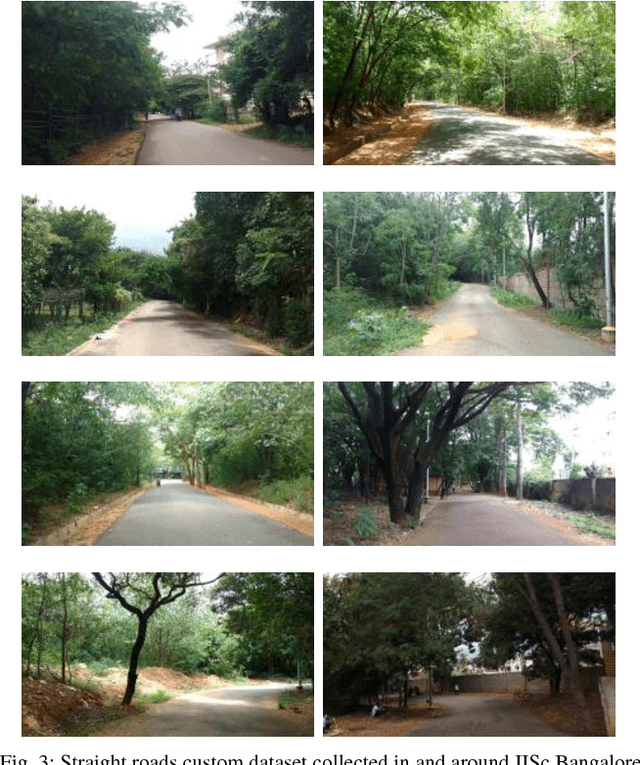
Abstract:With a great amount of research going on in the field of autonomous vehicles or self-driving cars, there has been considerable progress in road detection and tracking algorithms. Most of these algorithms use GPS to handle road junctions and its subsequent decisions. However, there are places in the urban environment where it becomes difficult to get GPS fixes which render the junction decision handling erroneous or possibly risky. Vision-based junction detection, however, does not have such problems. This paper proposes a novel deep convolutional neural network architecture for disambiguation of junctions from roads with a high degree of accuracy. This network is benchmarked against other well known classifying network architectures like AlexNet and VGGnet. Further, we discuss a potential road navigation methodology which uses the proposed network model. We conclude by performing an experimental validation of the trained network and the navigational method on the roads of the Indian Institute of Science (IISc).
Bipedal Walking Robot using Deep Deterministic Policy Gradient
Jul 17, 2018



Abstract:Machine learning algorithms have found several applications in the field of robotics and control systems. The control systems community has started to show interest towards several machine learning algorithms from the sub-domains such as supervised learning, imitation learning and reinforcement learning to achieve autonomous control and intelligent decision making. Amongst many complex control problems, stable bipedal walking has been the most challenging problem. In this paper, we present an architecture to design and simulate a planar bipedal walking robot(BWR) using a realistic robotics simulator, Gazebo. The robot demonstrates successful walking behaviour by learning through several of its trial and errors, without any prior knowledge of itself or the world dynamics. The autonomous walking of the BWR is achieved using reinforcement learning algorithm called Deep Deterministic Policy Gradient(DDPG). DDPG is one of the algorithms for learning controls in continuous action spaces. After training the model in simulation, it was observed that, with a proper shaped reward function, the robot achieved faster walking or even rendered a running gait with an average speed of 0.83 m/s. The gait pattern of the bipedal walker was compared with the actual human walking pattern. The results show that the bipedal walking pattern had similar characteristics to that of a human walking pattern. The video presenting our experiment is available at https://goo.gl/NHXKqR.
 Add to Chrome
Add to Chrome Add to Firefox
Add to Firefox Add to Edge
Add to Edge